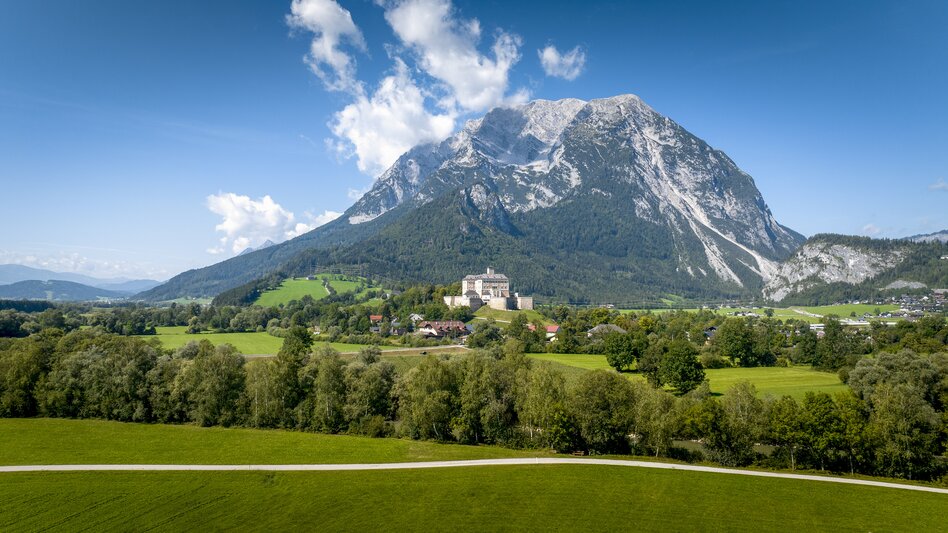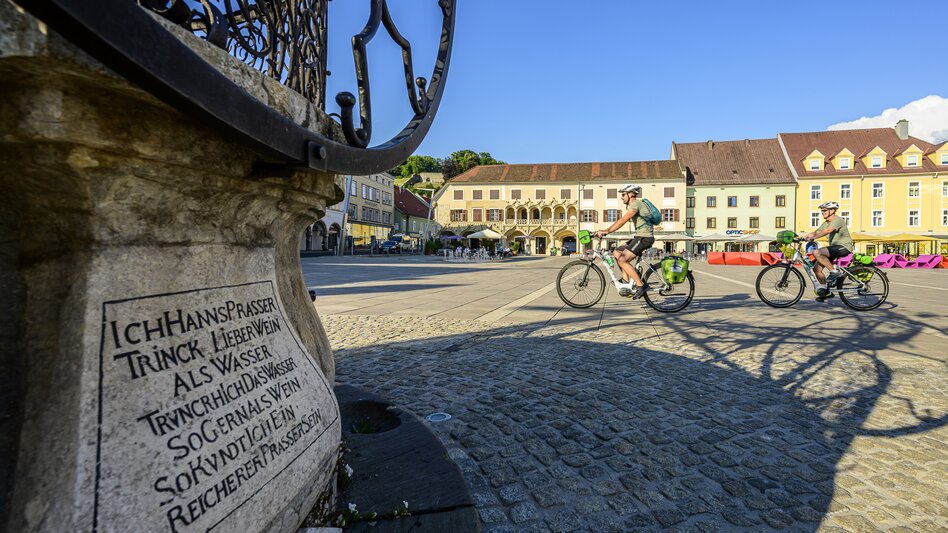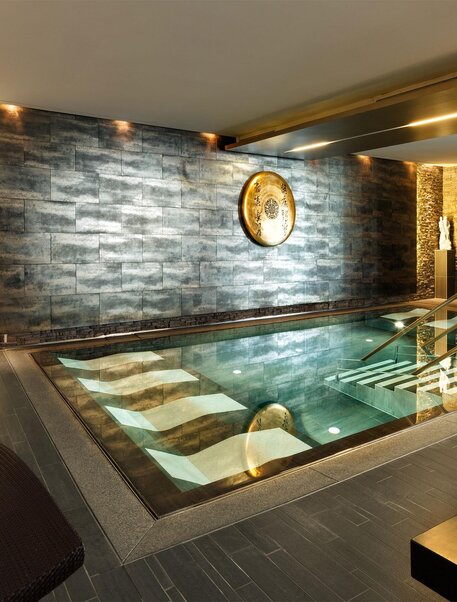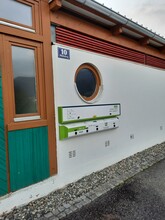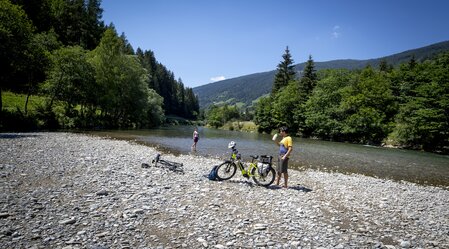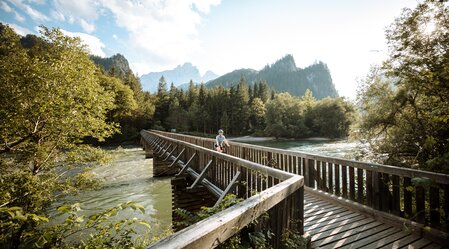

Explore water-rich Central Europe ON EUROVELO 14
The EuroVelo 14 cycling route is about 740 kilometres long and connects the countries of Austria and Hungary. It takes cyclists from Zell am See in the Salzburger Land region through Styria and Burgenland to Lake Balaton and the Budapest area.
The route presented here follows the completed section from Zell am See to Szentgotthard in Hungary: It's a west-east crossing through Austria starting in the Salzburger Land region, continuing through Styria and Burgenland to the Hungarian border town. Of course, cyclists can also follow the route in the opposite direction, as it's signposted in both.
By the way: Running from east to west, the route connects several existing EuroVelo routes. These include EuroVelo 7, EuroVelo 9 and EuroVelo 13. Due to a continuous accompanying railway line, it's perfect for anyone wanting to combine cycling with rail travel.
Close to the water – EuroVelo 14
EuroVelo 14 is also called the "Waters of Central Europe" cycling route – and with good reason! The cycling route connects several important waterways.
Even its starting point is located by the water, namely at Lake Zell. The Hohe Tauern and Niedere Tauern mountain ranges with the Dachstein and the rivers Salzach on the Tauern Cycle Path and the Enns on the Enns Cycle Path are all part of the initial stages of this marvellous cycling tour.
After a little more than half of the route, you will reach the city of Graz, UNESCO World Heritage Site and City of Design. Water is present here as well: The Mur flows through the centre of the city. It gave its name to the famous Mur Cycle Path, which is considered the "main cycling artery" of the cycle path network in southeast Austria.
The rest of the way from Austria to Hungary follows the river Raab from Gleisdorf, an idyllic small town at the entrance to Eastern Styria. By the way, the Raab is one of the largest rivers in Styria and also in Hungary. At the end of this water-rich cycle tour, you'll visit Hungary's largest lake, Lake Balaton, on the journey from Szentgotthard towards Budapest.
EuroVelo 14 in Styria in a nutshell
- starting point: Zell am See
- end point: Szentgotthard (HU)
- distance: 438 km
- stages: 7–8
- difficulty: easy – medium
Good to know: EuroVelo 14 runs exclusively along existing cycle paths:
- The cycling route starts in Zell am See. The first section leads cyclists on the Tauern Cycle Path along the Salzach River, before it continues through Rastland Valley to Altenmarkt, where the route merges onto the Enns Cycle Path. Just before Admont, the route switches to the Rastland Cycle Path.
- The section along the rivers Palten and Liesing to the Mur follows the aforementioned Rastland Cycle Path. In the small village of St. Michael, cyclists continue on the Mur Cycle Path for their onward journey to Graz.
- After a few kilometres of cycling on the Mostwärts Cycle Path from Graz across the Laßnitzhöhe to Gleisdorf in East Styria, the cycling route continues on the Raabtal Cycle Path. It leads through the Spa Country of Styria to the final destination, the Hungarian-Austrian border town of Szentgotthard. Tip: If you aren't too keen on the climb from Graz to Laßnitzhöhe, you can also take the express train that runs parallel to the cycling route. A possible boarding point is, for instance, Raaba on the outskirts of Graz. From there, you can reach Laßnitzhöhe in just a few minutes – after two stops – on the S3 rapid transit line. Once you arrive, you can continue on the cycling route in the direction of Gleisdorf.
Stop and experience
Excursion destinations along EuroVelo 14
Along the cycling route, riders not only encounter numerous bodies of water but also exciting excursion destinations that are well worth stopping for:
- The Kitzlochklamm gorge near Taxenbach is one of Austria's most beautiful gorges.
- In Admont, the world's largest monastery library awaits travellers. The monastic library hall is particularly impressive.
- Technology enthusiasts who would like to see a real turbine from the inside should visit Austria's first turbine museum in Pernegg.
- Graz, a UNESCO World Heritage Site and the "Pleasure Capital of Austria", is worth a trip of its own. Cyclists will particularly enjoy the Johann Puch Museum.
Anyone interested in handicrafts and culinary delights should visit Berghofer Mühle (mill) near Fehring. The scent of freshly ground flour and freshly pressed Styrian pumpkin seed oil will make your mouth water.
Travelling comfortably by bike and train
Thanks to numerous railway stations along the entire cycling route, it is easy to combine cycling and rail travel. There are many Bed+Bike establishments along the route as well. This allows cyclists to plan their route flexibly, depending on the weather or personal preference.

